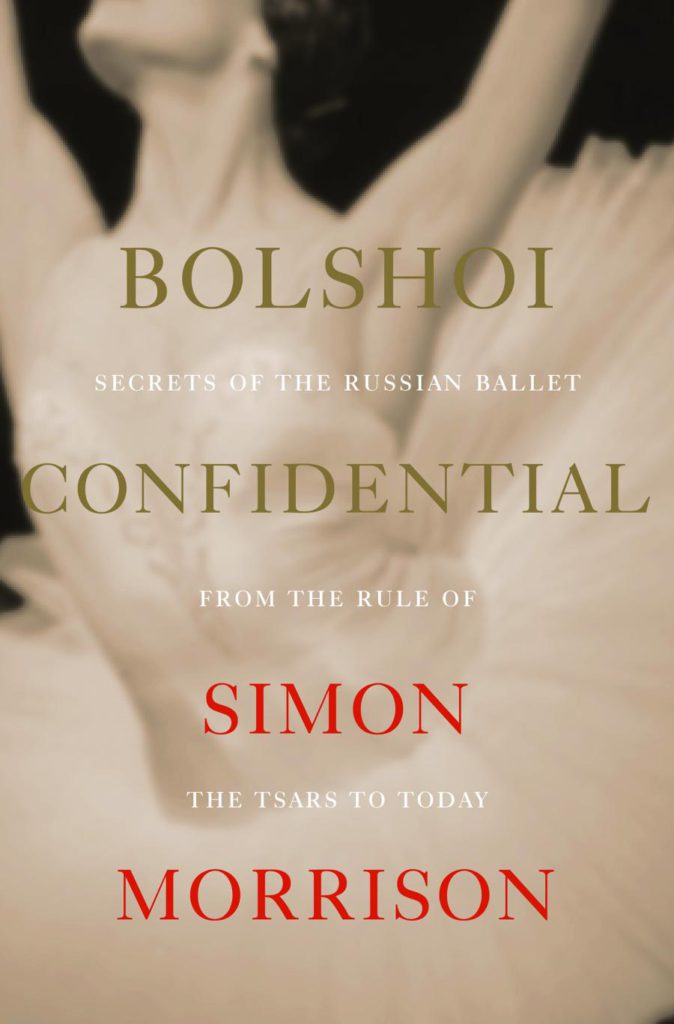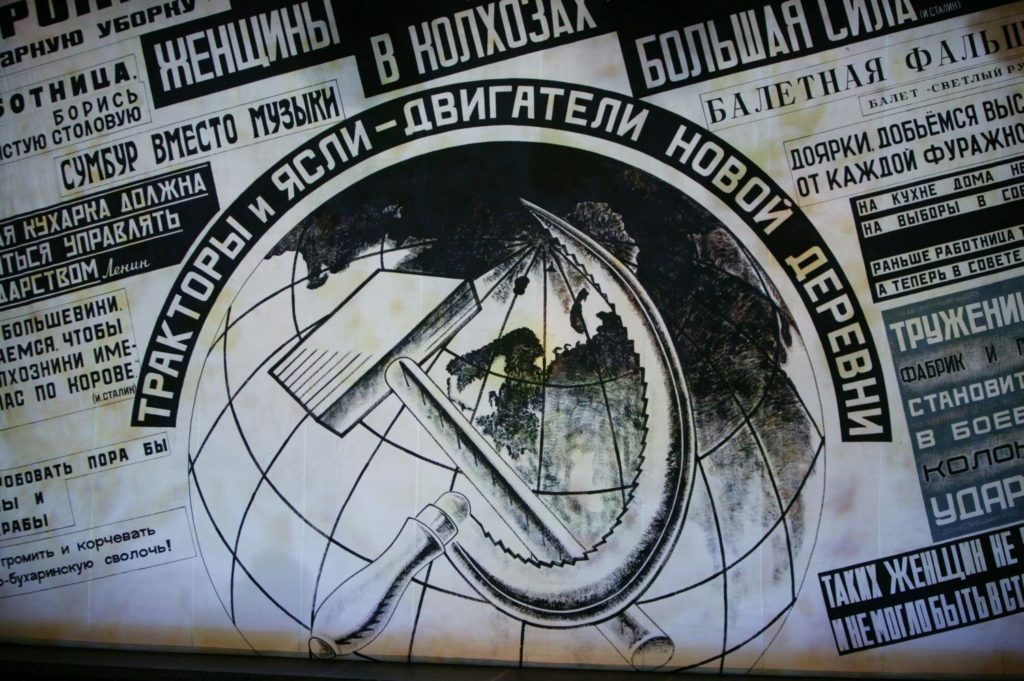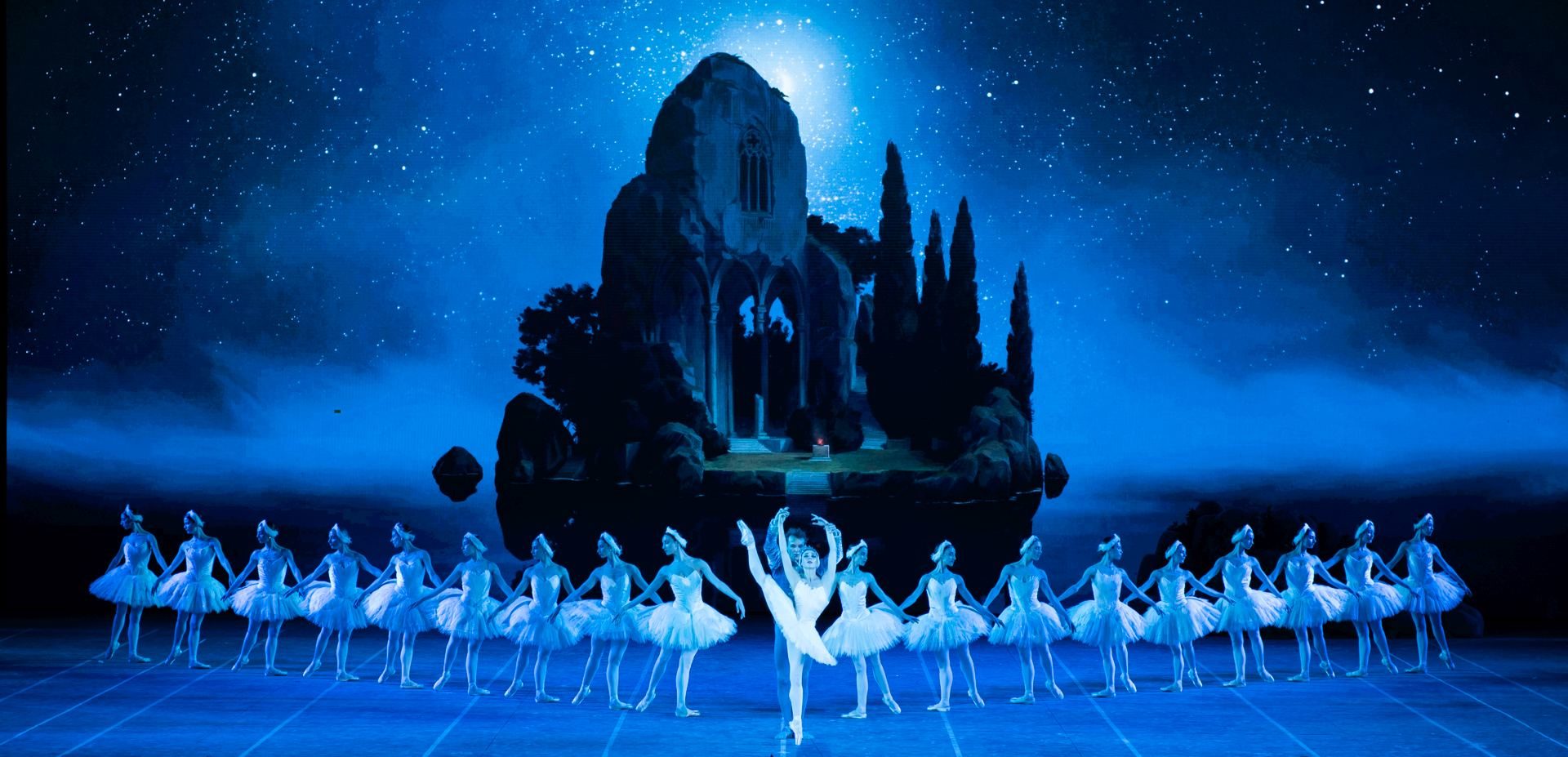Simon Morrison:
“Bolshoi Confidential”
512 pages, b/w illustrations
W.W. Norton & Company, October 2016
ISBN 978-0-87140-296-7
November 2016
by Ilona Landgraf
Copyright © 2016 by Ilona Landgraf
 Prompted by the abominable acid attack on Sergei Filin in early 2013, Nick Read and Mark Franchetti put the spotlight on what was going on behind the scenes of the Bolshoi Ballet. Their film “Bolshoi Babylon” was followed by a substantial book this October: “Bolshoi Confidential”, penned by Simon Morrison, professor of music at Princeton University focusing mainly on Russian and Soviet music. Morrison is an assiduous writer and the author of a number of books, two of them about Sergey Prokofiev. As it was for Read and Franchetti, the assault on Filin is also Morrison’s springboard. Yet he considerably widens the perspective on his subject.
Prompted by the abominable acid attack on Sergei Filin in early 2013, Nick Read and Mark Franchetti put the spotlight on what was going on behind the scenes of the Bolshoi Ballet. Their film “Bolshoi Babylon” was followed by a substantial book this October: “Bolshoi Confidential”, penned by Simon Morrison, professor of music at Princeton University focusing mainly on Russian and Soviet music. Morrison is an assiduous writer and the author of a number of books, two of them about Sergey Prokofiev. As it was for Read and Franchetti, the assault on Filin is also Morrison’s springboard. Yet he considerably widens the perspective on his subject.
The history of the Bolshoi, initially called Petrovsky Theatre, began in 1776, when Catherine the Great granted the Russian Prince Urusov exclusive rights for theatrical presentations. Urusov teamed up with the Englishman Michael Maddox, “either a mathematician or tightrope walker during his youth”, but financial straits forced him to surrender the reins to Maddox. Morrison takes us from there through almost 250 years of meandering, tumultuous evolution.
A stupendous amount of details and anecdotes illustrates how the Bolshoi overcame Napoleon’s invasion, then artistically prospered under imperial reign before being massively restricted in its artistic vitality by the Russian Bolsheviks. Three times destroyed by fire, the theater building has always been reconstructed on nearly the same place. It became bigger, more imposing and, though slowly, was equipped with the technical innovations of the time. Since 1825 it was commonly called the Bolshoi – meaning “Grand” – Theatre. (more…)
 “The Bright Stream” was Shostakovich’s third score for ballet. After his previous ballets, “The Golden Age” (1930) and “Bolt” (1931), were banned from the stage, Shostakovich attempted to create a new composition that would please everyone. Fyodor Lopukhov (1886 – 1973) was in charge of the choreography, the libretto was by Adrian Pyotrovsky and Lopukhov, and indeed, “The Bright Stream” was enthusiastically received at its premiere in Leningrad – today’s St. Petersburg – in 1935. (more…)
“The Bright Stream” was Shostakovich’s third score for ballet. After his previous ballets, “The Golden Age” (1930) and “Bolt” (1931), were banned from the stage, Shostakovich attempted to create a new composition that would please everyone. Fyodor Lopukhov (1886 – 1973) was in charge of the choreography, the libretto was by Adrian Pyotrovsky and Lopukhov, and indeed, “The Bright Stream” was enthusiastically received at its premiere in Leningrad – today’s St. Petersburg – in 1935. (more…)